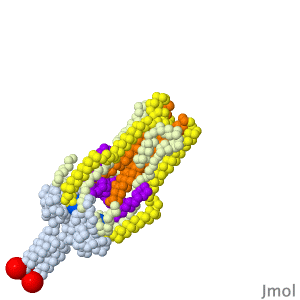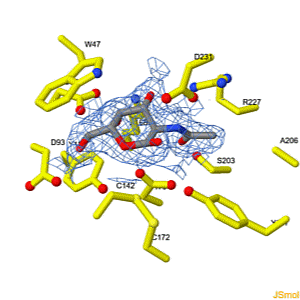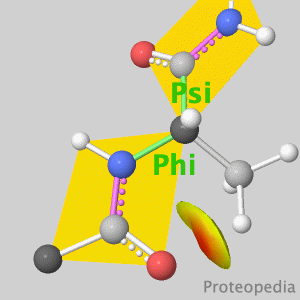Main Page
From Proteopedia
| Line 35: | Line 35: | ||
<td style="padding: 10px;> | <td style="padding: 10px;> | ||
<p>[[:Category:Featured in Selected Pages|Other Selected Pages]]</p> | <p>[[:Category:Featured in Selected Pages|Other Selected Pages]]</p> | ||
| - | <p>[[Help:Contents#For_authors:_contributing_content|How to | + | <p>[[Help:Contents#For_authors:_contributing_content|How to add content to Proteopedia]]</p> |
<p>[[Proteopedia:Video_Guide|Video Guides]]</p> | <p>[[Proteopedia:Video_Guide|Video Guides]]</p> | ||
<p>[[Who knows]] ...</p> | <p>[[Who knows]] ...</p> | ||
Revision as of 07:08, 21 October 2018
|
ISSN 2310-6301
Because life has more than 2D, Proteopedia helps to understand relationships between structure and function. Proteopedia is a free, collaborative 3D-encyclopedia of proteins & other molecules.
| |||||||||||
| Selected Pages | Art on Science | Journals | Education | ||||||||
|---|---|---|---|---|---|---|---|---|---|---|---|
|
|
|
|
||||||||
|
How to add content to Proteopedia Who knows ... |
How to get an Interactive 3D Complement for your paper |
Teaching Strategies Using Proteopedia |
|||||||||
| |||||||||||





